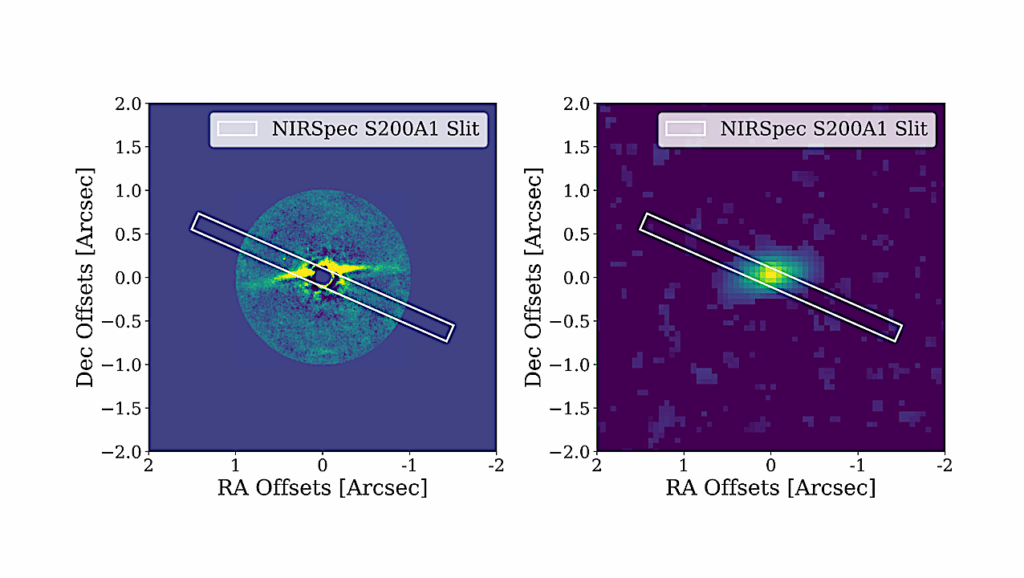Chemical Fingerprints of M Dwarfs: High-Resolution Spectroscopy on 31 M Dwarfs with SPIRou

We extend the methodology introduced by Jahandar et al. (2024) to determine the effective temperature and chemical abundances of 31 slowly-rotating solar neighborhood M dwarfs (M1-M5) using high-resolution spectra from CFHT/SPIRou.
This group includes 10 M dwarfs in binary systems with FGK primaries of known metallicity from optical measurements. By testing our Teff method on various synthetic models, we find a consistent inherent synthetic uncertainty of ∼10 K at a signal-to-noise ratio greater than 100. Additionally, we find that our results align with interferometric measurements, showing a consistent residual of −29 ± 31 K.
Taking the inherent uncertainties into account, we infer the Teff values of our targets and find an excellent agreement with previous optical and NIR studies. Our high-resolution chemical analysis examines hundreds of absorption lines using χ2 minimization using PHOENIX-ACES stellar atmosphere models.
We present elemental abundances for up to 10 different elements, including refractory elements such as Si, Mg, and Fe, which are important for modelling the interior structure of exoplanets. In binary systems, we find an average [Fe/H] of −0.15 ± 0.08 for M dwarfs, marginally lower than the reported metallicity of −0.06 ± 0.18 for the FGK primaries from Mann et al. (2013a). We also observe slightly sub-solar chemistry for various elements in our non-binary M dwarfs, most notably for O, C, and K abundances.
In particular, we find an average metallicity of −0.11 ± 0.16 lower but still consistent with the typical solar metallicity of FGK stars (e.g. [Fe/H] = 0.04 ± 0.20 from Brewer et al. 2016). This study highlights significant discrepancies in various major M dwarf surveys likely related to differences in the methodologies employed.
Farbod Jahandar, René Doyon, Étienne Artigau, Neil J. Cook, Charles Cadieux, Jean-François Donati, Nicolas B. Cowan, Ryan Cloutier, Stefan Pelletier, Alan Alves-Brito, Jorge H. C. Martins, Hsien Shang, Andrés Carmona
Comments: 24 pages, 9 figures, accepted for publication in ApJ
Subjects: Solar and Stellar Astrophysics (astro-ph.SR); Earth and Planetary Astrophysics (astro-ph.EP)
Cite as: arXiv:2411.07377 [astro-ph.SR] (or arXiv:2411.07377v1 [astro-ph.SR] for this version)
https://doi.org/10.48550/arXiv.2411.07377
Focus to learn more
Submission history
From: Farbod Jahandar
[v1] Mon, 11 Nov 2024 21:28:39 UTC (31,448 KB)
https://arxiv.org/abs/2411.07377
Astrobiology, Astrochemistry,








